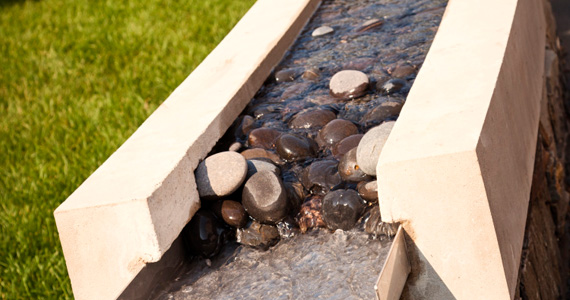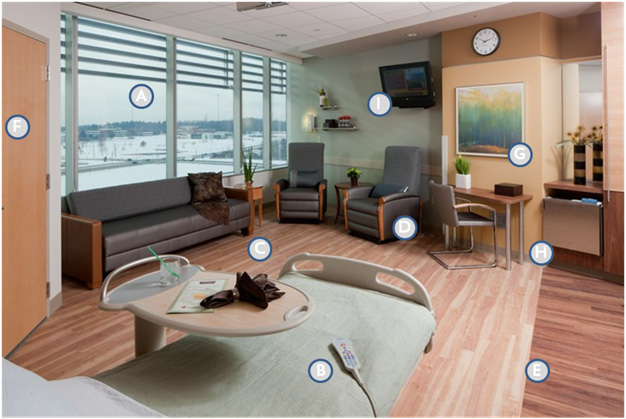
Can you imagine a time when every healthcare facility is designed with a patient’s health, safety, comfort and well-being in mind? Applying the principles of Evidence-Based Design (EBD) does just that. EBD is the process of basing decisions about the built environment on credible research to achieve the best possible outcomes.
Taking into consideration that healthcare organizations commit millions of dollars to capital improvement projects, it is paramount for a design team to bring their knowledge of best practices, patient and staff safety and the power of the physical environment to improve outcomes to each and every planning and design engagement. Committing to measure the effect of these initiatives will move the entire industry forward to the goal of every patient receiving safe and equitable care in a setting that cares for their body, mind and spirit.
Every project, regardless of size scale or budget will be positively affected if every design professional makes the effort to ask the right questions about program, process and experience. It is the charge of every healthcare designer to bring the latest evidence, benchmark data and examples of exemplary projects to the design process to inform all project stakeholders. By doing so, the entire team participates in elevating the potential for an optimal patient experience.
Engaging patients and their families during the design process can yield invaluable insight as the project team strives to prioritize patient amenities and strike the ideal balance between program and budget. Patients and their families typically welcome the opportunity to share their unique experiences and perspectives, especially when they understand the potential to impact the environment in such a positive way. The Center for Health Design has been at the vanguard of the EBD movement, and continues to advance patient safety and quality improvements. Array design professionals were among the first to become EDAC-certified, joining the growing community of forward-thinking individuals to help promote EDAC’s established vision of “a world where all healthcare environments are created using an evidence-based design process.“
To put this evidence into action, design recommendations include single occupancy private rooms which can be adapted to the patients changing medical needs:
A. Natural daylight helps patient heal faster and improves circadian rhythms.
B. Patient control of window treatments, lighting and entertainment from bed empowers each patient.
C. Family Zone with appropriately-sized sleeping accommodations to encourage family members to participate in patient’s care reduces patient stress and falls.
D. Stain and bleach resistant upholstery reduces hospital-acquired infections.
E. Warm wood tone floors, rather than carpet, reduce patient falls and are easy to clean.
F. Patient toilet door located on the bedside reduces patient falls.
G. Nature-themed artwork provides positive distraction.
H. In-room refrigerator for light refreshment increases patient and family comfort.
I. Interactive information – i.e. smart room technology increases patient’s confidence in their care.
Click here to view Pat’s post featured on the “Inside Healthcare Blog”






